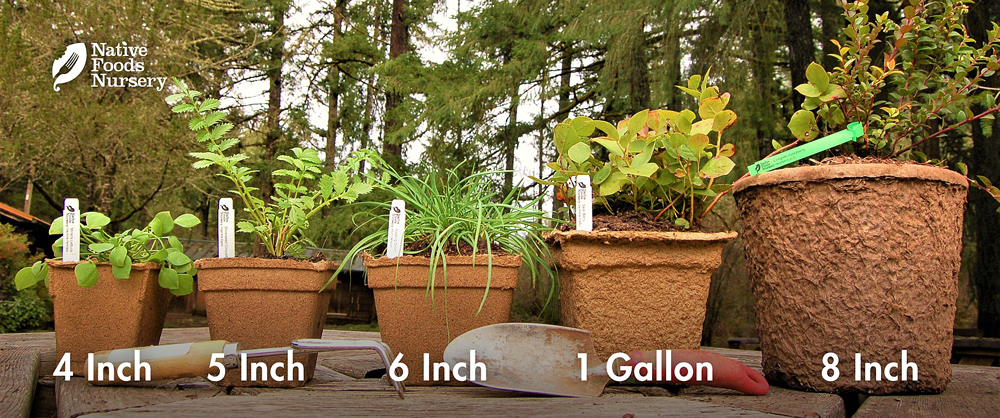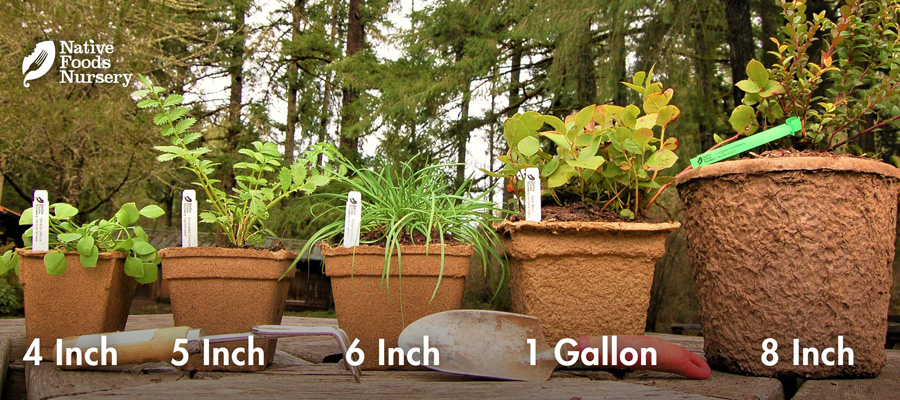Cow Parsnip
- Current Stock:
- 0
- Other Names:
- Indian Celery
- Latin Name:
- Heracleum Maximum/Lanatum
Cow Parsnip or Indian Celery, is a native, perennial herb with edible young shoots and leaves - as well as roots, flowers, and seeds!
Edible Uses
While Cow Parsnip tends to be treated like a weed these days, it was once one of the most widely and intensively used Spring food-plants in the Northwest. Once peeled, young shoots are a native food eaten raw or cooked and can have a mild and crisp flavor like celery (taste becomes milder the longer it’s cooked). Leaves have a stronger parsley-like flavor and are wonderful prepared in many ways as a leafy vegetable. We recently enjoyed some delicious Cow Parsnip “chips” baked in our oven (see a great recipe here).
In addition, one can eat the flower buds, seeds, and cooked roots (although they have a more intense peppery flavor). Stalks are very nutritious, containing up to 18% protein.
NOTE: Along with many other common vegetables and fruits (celery, carrots, parsnips, citrus fruits), the sap and skin of Indian Celery stalks contains “furanocoumarins” which can cause skin rashes in sensitive individuals. To avoid potential reactions, always use gloves to harvest and peel outer layer of the stalk before eating raw. Furanocoumarins are still being studied to understand their effect on human health. Eat in moderation.
CAUTION: In the wild, Cow Parsnip can be confused with Poison Hemlock. Do not harvest from the wild without expert advice.
Ornamental Qualities
Cow Parsnip has a bold appearance in the landscape. This hardy herbaceous perennial emerges every Spring with large maple-leaf-shaped leaves, followed by large and attractive umbels of white flowers in Summer. Healthy specimens can grow to 8 feet tall. They provide thick, lush foliage and dense shade beneath them, squelching other weeds. Great in taller sections of border gardens, or at the center of circular flower gardens. A good bee and butterfly plant.
Looks and grows well along with Common Nettle and Ostrich Fern, or underneath a moisture-loving fruit tree like Pacific Crab Apple..
Environment and Culture
Cow Parsnip has a wide range and diversity of habitats. It is usually found where soil stays moist most of the year, and often in understory or riparian environments. However, it also grows in meadows and slopes up to sub-alpine altitudes. In the wild, it provides important forage for bears, deer, and elk. Indian Celery can be found growing with a wide range of ecological companions, including Red Alder, Saskatoon Serviceberry, California Hazelnut, and more. Another versatile and resilient perennial vegetable!
Northwest Native American tribes today still value this special plant as food, medicine, and family. Despite great cultural losses, they continue to work towards stewarding and restoring wild populations, both strengthening the integrity of the ecology and sustaining their cultural heritage and wisdom. These strong and recovering peoples and plants deserve our respect, gratitude, and reparations. (Learn more & how to help on our Charitable Giving page.)
Harvest, Care, and Preparation
Cow Parsnip is easy to grow, care for, and harvest. Keep soil moist during the growing season. Cut back to the ground after flowerstalk dies and mulch. Reseeds vigorously.
Stalks: Best is the young fresh growth, cut off at or below ground up to 8 inches. However, higher-growing stalks can also be cut and eaten. Peel outer skin, especially if eating raw. It can be boiled, steamed, or stirfried like celery. We recommend adding to soups or stews - will impart a mild parsley flavor.
Leaves: Younger leaves are more tender, although older ones can be used. We recommend boiling or steaming served with onions, garlic and lemon juice - or other vegetables. Even better, try rubbing with oil and salt and baking like you would Kale Chips - absolutely delicious! See more recipes, like Cow Parsnip ice cream here at Laurie Constantino’s blog.
Other: Dried seeds and flowers can be used as seasonings. They’re strong flavor makes a unique contribution to soups or stews.
Native Range: Western States, and beyond.
USDA zones: 4-8
Ease of Care: Very Easy
Deer Resistance: Moderate
Light Requirements: Full Sun to Part Shade
Soil Type: Any, prefers well-drained loam
Water Requirements: Any, prefers moist to wet
Pollination: Self-Fertile
Bearing Age: 1 yr from seed
Size at Maturity: up to 8 feet
Bloom Time: Early Summer
Harvest Time: Early Spring through Summer
Pot Sizing Guide









